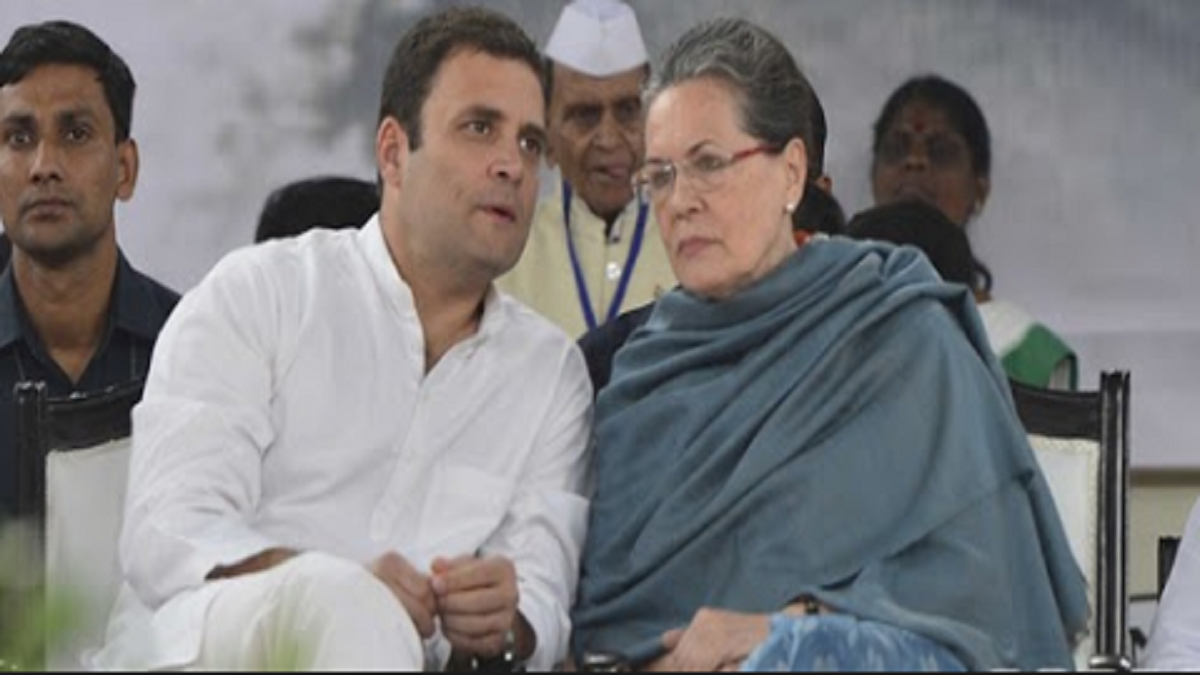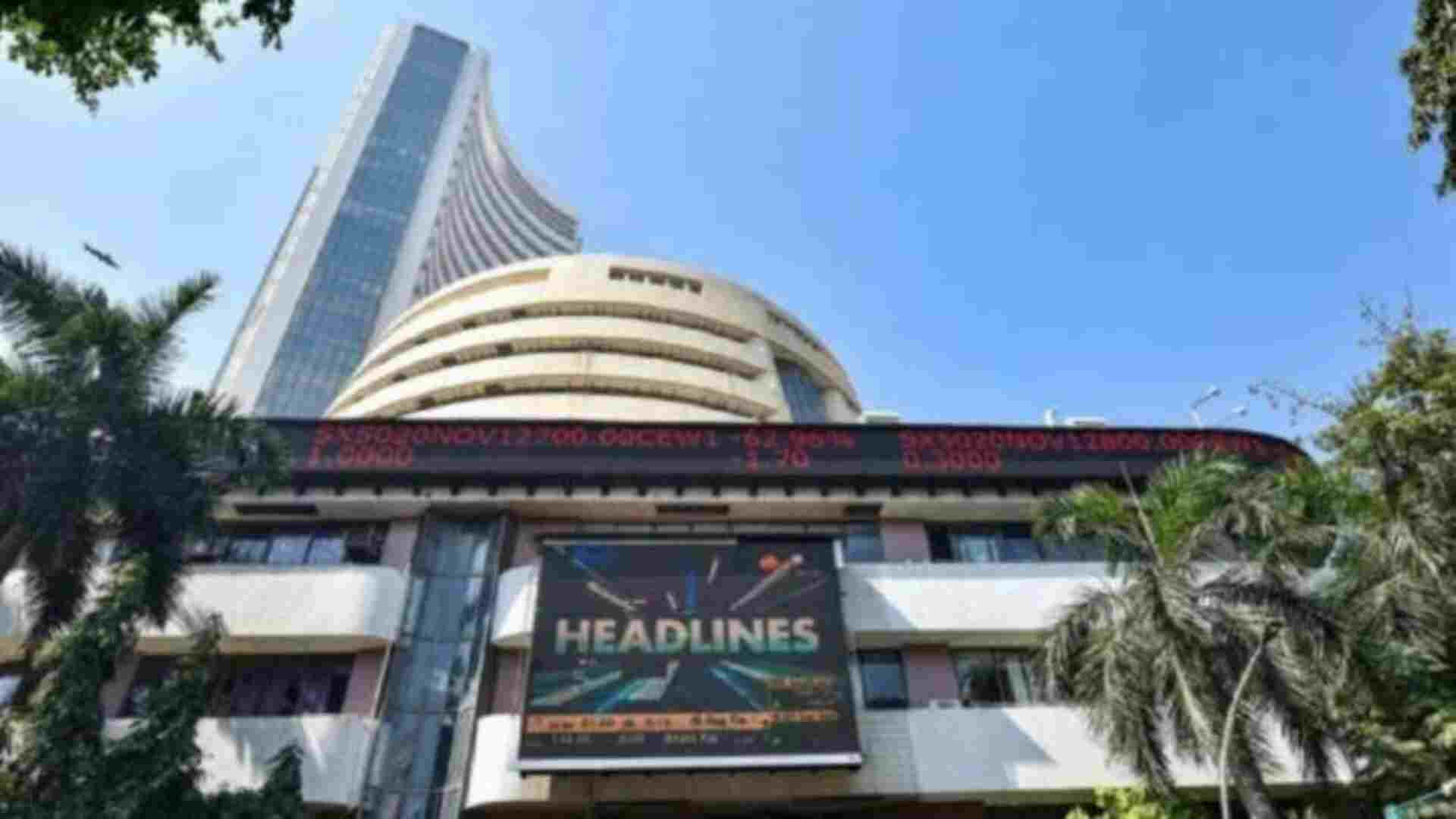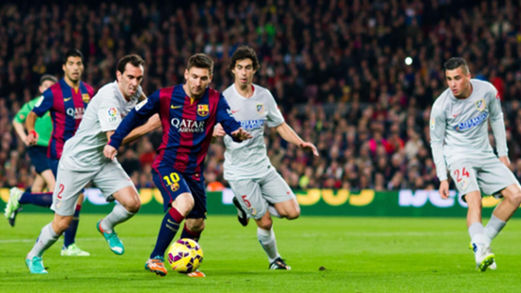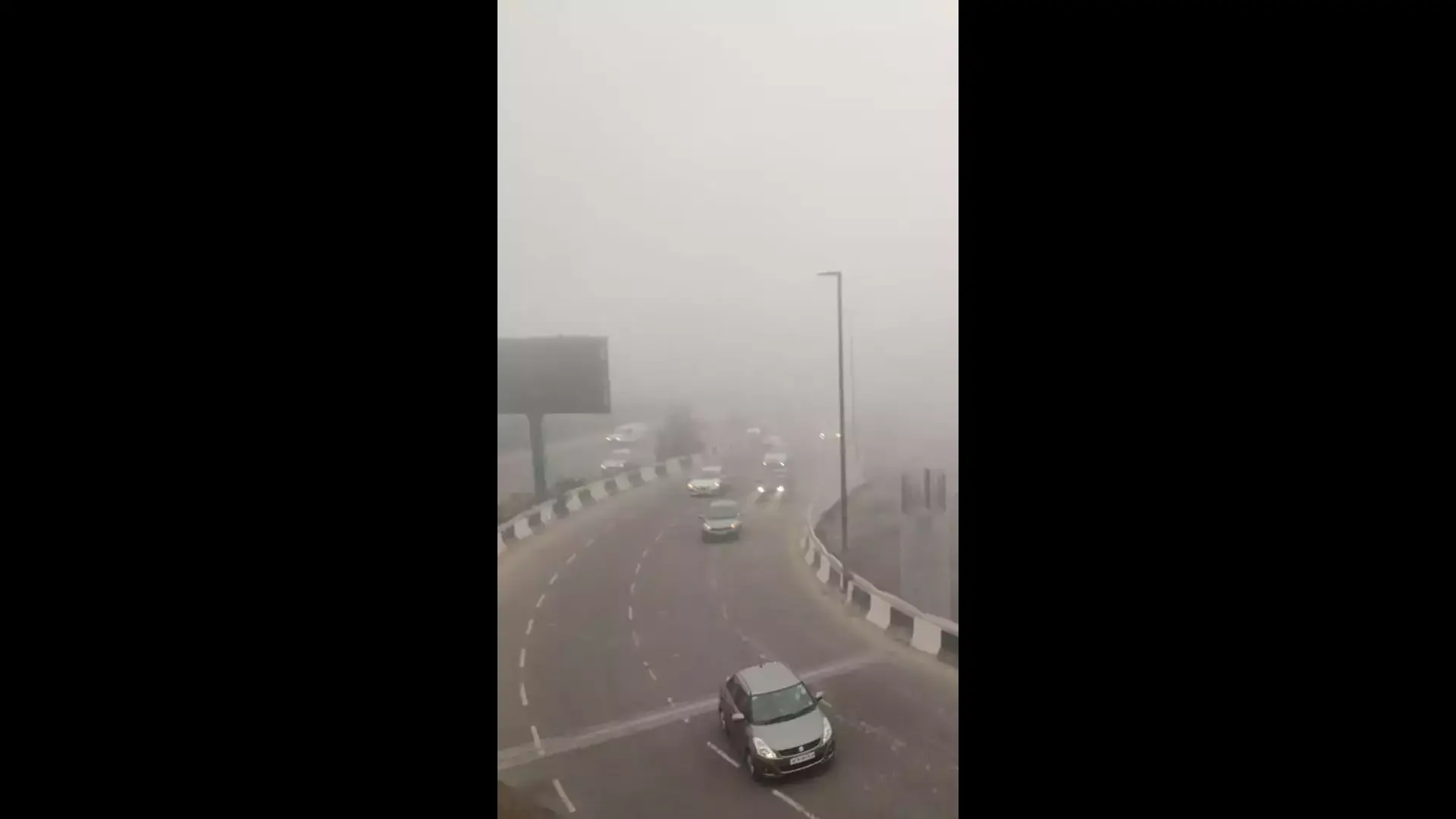Who has annihilated the political opposition in India? It is India’s political opposition which has or is annihilating itself. While Prime Minister Narendra Modi is making history, India’s political opposition continues to remain confused, bitter about electoral defeat and rejection, incapable of reinventing itself, unable to articulate what it stands for except for a blind, personalised, often cheap opposition to PM Modi, who has twice on a row won an overwhelming electoral mandate since 2014.
Not just by participating in the bhoomi pujan in Ayodhya for a new Ram Mandir did Modi make history, Modi’s speech on the occasion was also historic — it was history itself. He looked at the event as a new beginning, a new dawn and awakening, and said that “the construction of Shree Ram Temple is a task to unite the entire nation” and that “celebration is an occasion to unite belief with reality, Man with Supreme God, mankind with conviction, the present with the past, and self with ethos.” The bhoomi pujan symbolised the democratic ethos of the majority in India, it symbolised the unity of Indian society at all levels and displayed the robustness of India’s constitutional, legal and democratic systems. It has also ensured that India’s staggering diversity shall remain intact, since the faith of India’s majority is one that is based on a deeper civilisational philosophy and is not an intolerant ideological or political religion.
India’s opposition, mainly the Congress and communist parties, had no word of solidarity with the majority on this occasion. They either kept silent, or criticised Modi, or the legal process, or cast aspersion on the judiciary.
Narendra Modi also made history, to the chagrin of the opposition, especially the Congress, to become the longest-serving non-Congress Prime Minister of India. Yes, it is hoped by millions and millions of Indians that Modi would also surpass Jawaharlal Nehru’s uninterrupted tenure of sixteen years in power. This hope stems not from being fixated in trying to demolish Nehruvianism — which is in any case in its last throes — or in trying to “overturn” Nehru’s “political vision of India”, that vision was resoundingly overturned in the summer of 2014 when India voted Modi, a commoner who had risen up the ranks. It stems in the majority, from the realisation that Modi is one leader, who, in his record of governance, in his attempts at empowering India’s teeming and marginalised millions, has actually delivered on the fundamentals which Nehru’s political vision of India had omitted or forgotten to actualise.
Nehru’s political vision of India gave rise to unbridled cronyism, was obsessed with pitting communities against one another, was fanatical about promoting an irreverent and anti-religious secularism and was driven by a compulsive tendency to go overboard in appeasing a section and allowing the process of national decision making to be driven by that consideration.
Nehru’s political vision spoke of making India independent and self-reliant but kept her fixated on and tied to some power blocs or other. Fanatically secular, which meant being insensitive to the faith and aspirations of the majority, Nehru also neglected agriculture, infrastructure building, primary education and allowed the Indian entrepreneurial spirit to be subdued and controlled by an elaborate and intricate regime of licenses, permits and quotas.
His “Nehruvian Consensus” was essentially shaped and articulated by the Left which was obsessed in trying to deconstruct India and to turn her essentially into a satellite-state. The Left pushed through Nehru’s persona an outlandish and unsuited mix of economic and political theories that they wanted imposed on India. In fact, Nehru’s Congress soon ceased to be the same party which spearheaded India’s freedom movement, and after 1969 when Nehru’s daughter, Indira, split the party, the original Congress disappeared altogether.
Jan Bhagidari and Jan Shakti best describe Modi’s style of rule or functioning. Every fundamentally transformative initiative that he has undertaken, Modi has based them on these two driving dimensions. His ruling style is to directly engage with the people — he talks to them and they connect to him.
One of the most striking features of Indian politics is that its opposition is leaderless and rudderless, that is, it has been unable to evolve a credible front, has failed to come up with an acceptable political narrative and has not succeeded in reaching out to the people by presenting an alternative to Modi. The last few days have revealed major cracks in the Congress, exposing the acute dissatisfaction and disaffection that is plaguing the party.
The opposition’s inability to re-group is not the BJP’s or Modi’s responsibility — it indicates their own ideological bankruptcy and incapacity. In fact, Modi’s continuing challenge is to undo the mess created by years of cronyism, of governance-lethargy and nondelivery, of the calcification of the system that decades of Congress rule have left behind. Opposition leaders have been unable to subsume their overweening ambitions while trying to take on Modi. The case of Mamata Banerjee is most striking. She spoke of and attempted to form a combined opposition in January 2019, months before the general elections, in order to unseat Modi, but her attempts collapsed under the weight of her own ambitions of becoming Prime Minister.
The opposition led by the Congress, communist parties and Mamata Banerjee’s TMC tried to organise a violent street protest against the constitutionally passed and Parliament-legislated Citizenship Amendment Act which facilitated the granting of citizenship to beleaguered and religiously persecuted minorities from India’s neighbourhood. But these violent protests received no traction and soon petered out to a few small municipal pockets and localities. Subsequent revelations also exposed that a number of these were engineered from beyond Indian shores with the active connivance of separatist elements and platforms linked with international terror groups inimical to India.
Congress’s decade in power is largely remembered for violent terror attacks and serial terror blasts, it is remembered for huge corruption scandals and is also remembered for how its Prime Minister Manmohan Singh was repeatedly overruled or insulted in full public view by members of the party’s controlling family. The decade is primarily remembered for the manner in which it had compromised and weakened India’s governance, decision-making process and her political and parliamentary and governance structures. The most positive aspect of PM Modi’s rule is that those democratic fundamentals have been restored, delivery and accountability is at an all-time high, cronyism, quid pro quo-ism and political patronage have taken a severe beating and the concept of rule of law and the sense that the Constitution, and not subversive secularism, is paramount to national wellbeing is being re-instilled. Indian democracy is passing through one of its most robust phases.
What drives and inspires the majority of Indians, what attaches them to PM Modi, what they have definitely and intensely understood about him is that he has completely identified with and has internalised their travails and their aspirations, they realise that the manner in which their hopes have touched him, it has touched no other leader, they realise that the aspiration of seeing India new and great is intense in him like it is in no one else. This makes them choose him. Since the political opposition in India fails to understand this, it moves towards self-annihilation. Why fault Modi or BJP for its denouement?
The writer is Director, Dr Syama Prasad Mookerjee Research Foundation, New Delhi. The views expressed are personal.







